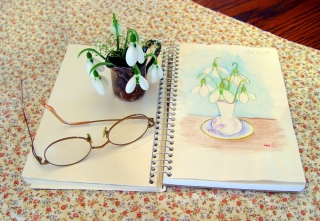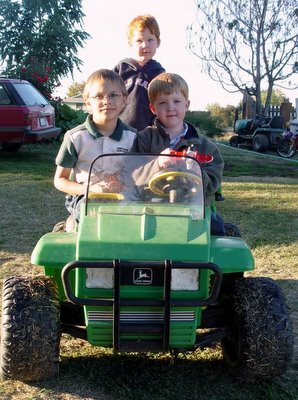
Spring is a wonderful time for exploring nature! Most homeschool teacher-parents realize the importance of nature as they study with their children. It teaches so many things — of science, art, ecology, physical education, observation skills, and of God’s care. With thoughtful attention, even math, history, language arts can be taught in nature. Treasure and scavenger hunts in the back yard support observation skills and mathematics if designed properly. And there’s no better way for a primary age child to learn how to write the alphabet than with a stick in the sand. Following famous footsteps, like hiking along the Oregon Trail, combine nature with history. A well-prepared parent will be full of stories to share as the hike progresses. Nature provides many opportunities for a teacher-parent to create mini unit studies that enhance learning. It doesn’t need to be difficult or complicated. Try putting together a one-day unit study that uses nature as the classroom and teaches across the curriculum. You will be sure to have the interest of all ages! And after a long winter of dreary days, spring is the perfect time to implement this.

Keeping a nature journal or notebook is an easy way to tie everything together. I like the idea of using both to implement nature studies. A small journal with both lined and unlined pages works to write sentences and paragraphs about things observed. The blank pages work great for sketching, watercolor, or chalk drawings. And a notebook works great for quick notes and for collections. Gallon size zip-lock bags, punched with a three-hole punch, make pages. Using twelve gives students one for each month of the year. Page dividers, marked January through December, give the child a place to put notebook paper, their zip-lock bag for that month, and handouts from their teacher-parent that might be helpful in their nature study. Mini field guides, diagrams of the parts of trees or flowers, or scanned photos of birds, animals, or bugs give them guidelines as they search and identify in the outdoors. Plants and leaves gathered can be brought home to press and dry, and later can be glued or taped to notebook pages and marked according to identifying parts. A story could even be written about the objects in the notebook or about the events leading up to gathering what is shown. Scripture can be quoted and copied as it pertains to things seen or gathered. Handwriting practiced. A camera that takes photos that can be downloaded into a computer and then printed and put in a notebook is a great way for a child to document and learn. There are no age limits! From preschool through adulthood, this is a learning adventure that encompasses all ages! Creative, active, and enriching, a nature notebook is a fun way to enjoy God’s creation and apply it to everyday learning and lifestyle.










